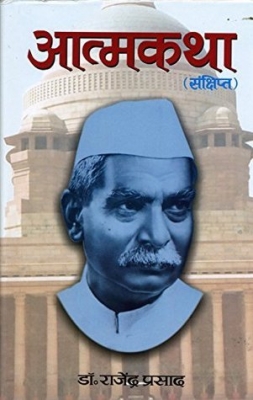Dr. Sarvepalli Radhakrishnan a legendary teacher and philosopher, was India’s second President. He served in this office from 1962-1967.
He was also the first Vice President of India. It was after serving two terms as Vice President that he was elected as the President. He was one of India’s most distinguished twentieth-century scholars of comparative religion and philosophy.
From 1931 to 1936, he served as the Vice Chancellor – of Andhra University. In 1936, he taught eastern religions and ethics at the Oxford University. He was the first Indian to be appointed the Vice Chancellor of the Banaras Hindu University.
Dr. Radhakrishnan was awarded several high honours during his life, including a knighthood in 1931. He was honoured with the Bharat Ratna in 1954 and the honorary membership of the British Royal Order of Merit in 1963. Dr. Radhakrishnan believed that “teachers should be the best minds in the country”. His birthday, September 5th, is aptly celebrated as ‘Teacher’s Day’ in India.


Pictures credit: google








